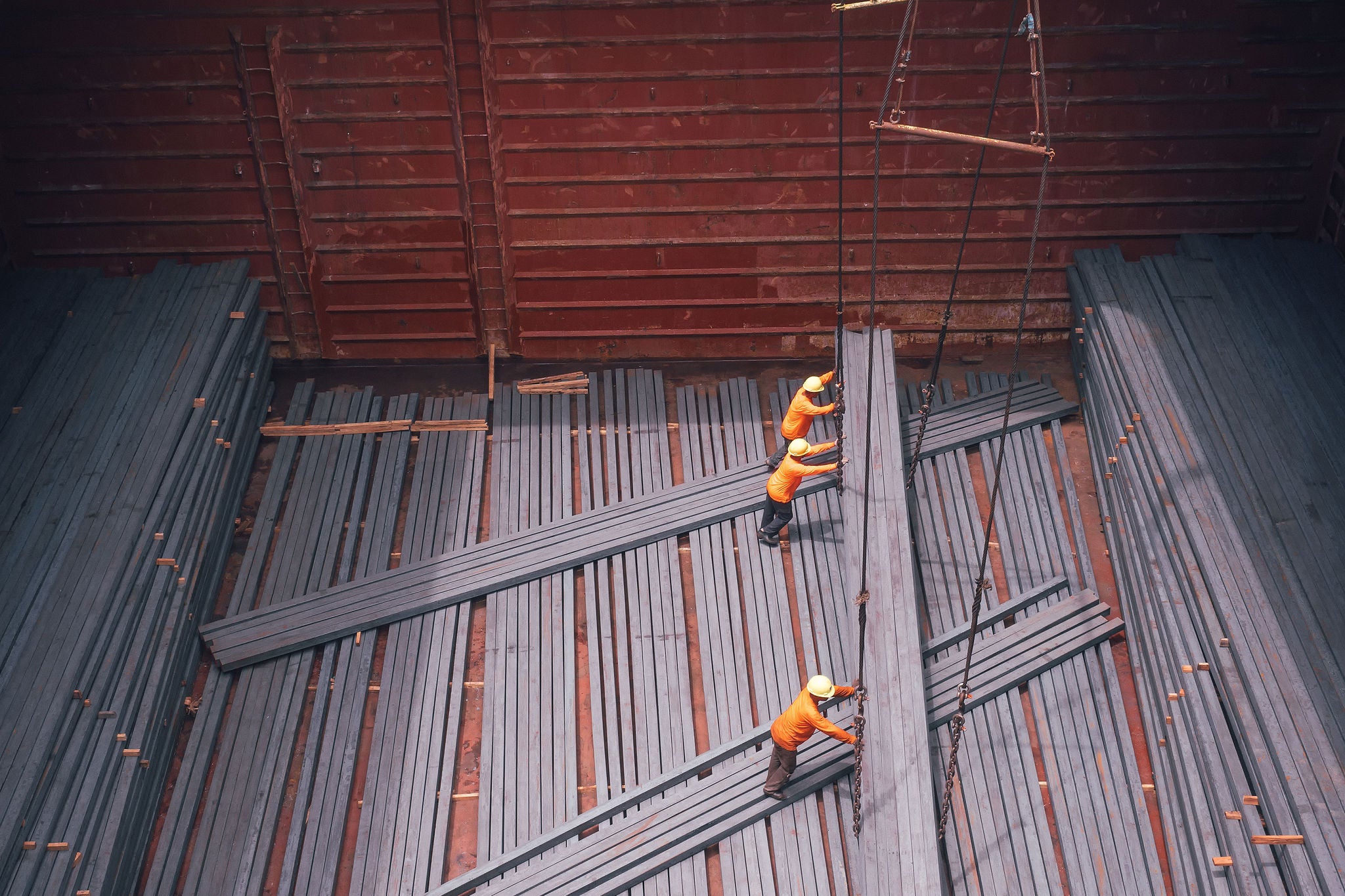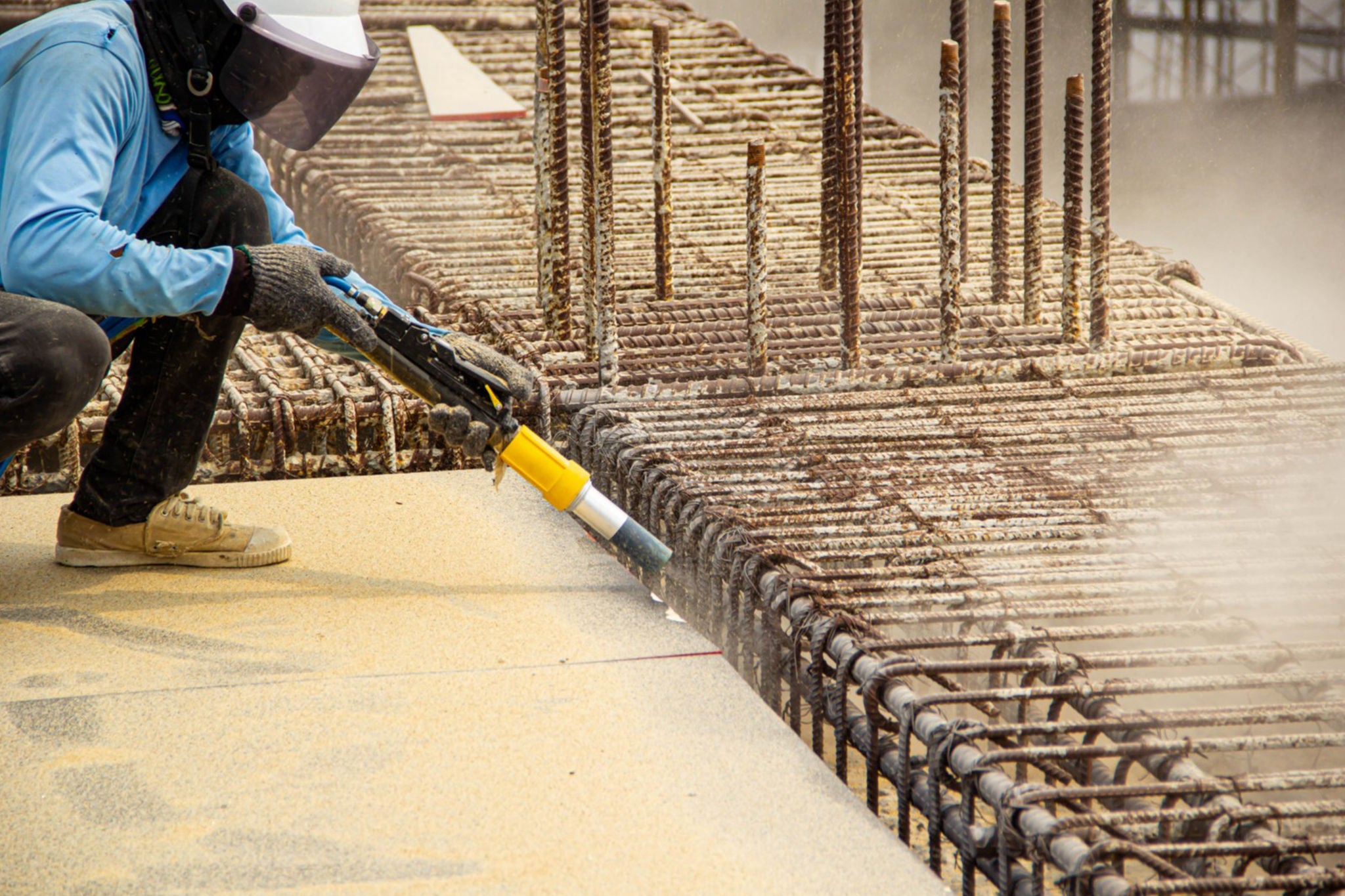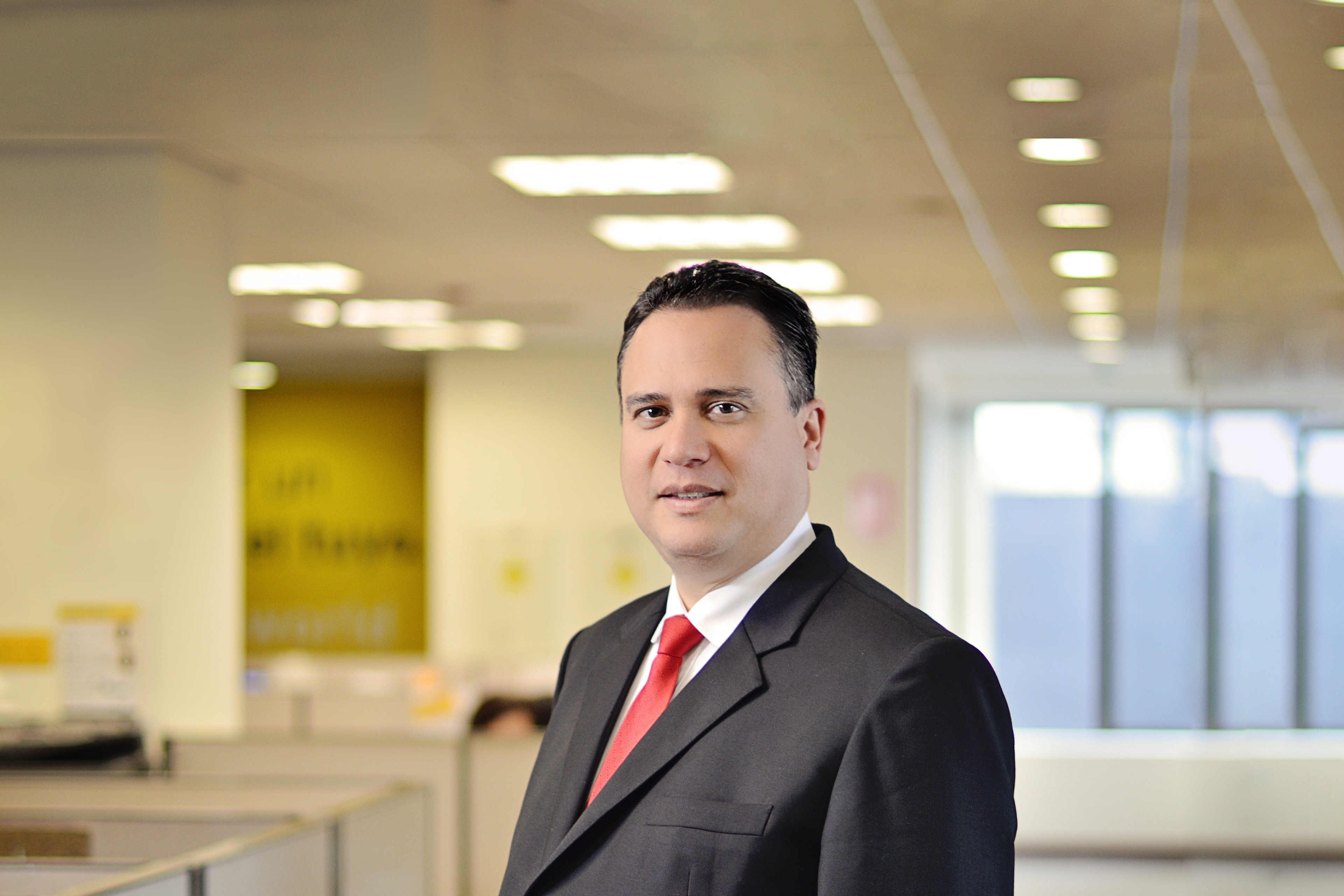EY se refiere a la organización global, y puede referirse a una o más, de las firmas miembro de Ernst & Young Global Limited, cada una de las cuales es una entidad legal independiente. Ernst & Young Global Limited, una compañía británica limitada por garantía, no brinda servicios a los clientes.

The main purpose of the Guide to investing in infrastructure projects in Peru 2024/2025 that we have prepared, aimed as being as useful tool for any private investors, banks and other financial institutions, multilateral organizations and governmental entities interested in exploring and assessing Peruvian investment opportunities in infrastructure. It is the result of a joint effort from a diverse team, with different background experiences and perspectives, but mostly with the same passion for promoting Peruvian investment opportunities.
Peru offers a robust and diversified pipeline in Public-Private Partnerships (PPPs) detailed in this guide.
Work for Taxes is another mechanism with great recent success. In 2024 there is a new record of awarded projects (twice the investments of the previous best year). Finally, Government to Government Agreements (G2Gs) would still be a very helpful tool to assure the effectiveness of the development of new public infrastructure. The commitments of more than USD12 billion since 2017 is a clear evidence of its relevance.
It should be highlighted that the focus is not developing public infrastructure itself. There is an extremely large gap in essential services, deeply emphasized with the pandemic. Thus, each project is a step toward improving quality of life for citizens. With this clear purpose in mind, all the endeavor should be driven to deliver high quality public services. Even though great works are expected, operation and maintenance with the highest standard possible, are also necessary to assure increasing living conditions.
We hope this guide would provide an holistic panorama of Peruvian investment climate and would help as a starting point for canalizing your interest in our country. We invite you to enjoy this guide and contact us should you have questions or need special assistance.
Infrastructure Investment
Peru is expected to realize its full economic potential after reducing its infrastructure gap and bottlenecks. Over the past decade, Peru has begun to take the necessary measures to improve its infrastructure in transport facilities, electricity, water and communications in order to promote new investments, which will contribute to the development of the productive sectors of the country.
Peru is focused on promoting the development of infrastructure for its positive impact on the GDP through the production of transportation services, the supply of water and electricity, sanitation and telecommunications.
Infrastructure investments create positive externalities within the country that will accelerate long-term growth. Additionally, investment in infrastructure indirectly influences the productivity of businesses and the entire supply chain in the economy so that all production factors increase their productivity. Companies will benefit from the increase of competitiveness through the reduction of costs, an increase in economies of scale, efficiency in supply chains, expansion of storage, and a more streamlined distribution. Not only will companies benefit but also the population will increase their quality of life by covering their basic needs and accessing better public services, which are necessary to permanently break out of poverty. The development of infrastructure has a positive impact on human capital and its competitiveness both in the medium and long term.
The Project Pipeline (2024 – 2026) under the Public-Private Partnership (PPPs) mechanism includes a total of 41 projects, which are at different stages of maturity: 29 matured projects and 12 maturing projects. Regarding the matured ones, they are distributed in different sectors with a total estimated investment of USD6.9 billion. The main sectors by investment are Water and Sanitation (9 projects), Transportation (1 project), Real Estate (2 projects), Healthcare (3 projects) and Education (5 projects).
Investment Promotion Conditions
a. Foreign Investment legislation and trends in Peru
Peru seeks to attract both domestic and foreign investment in all sectors of the economy. To achieve this, it has taken the necessary steps to establish a consistent investment policy that eliminates any barriers that foreign investors may face. As a result, Peru is considered a country with one of the most open investment systems in the world.
Peru has adopted a legal framework for investments that requires no previous authorization for foreign investment. In this regard, foreign investments are allowed without restrictions in the large majority of economic activities. The activities with restrictions are very specific, such as air transportation, sea transportation, private safety and surveillance and the manufacture of war weaponry. Additionally, Peru has a legal framework to protect the economic stability of investors and to reduce government interference in economic activities.
Peruvian government guarantees legal stability to national and foreign investors with respect to legislation governing income tax and, specifically, distribution of dividends. Foreign investors with the right to obtain legal and tax stability are those willing to invest in Peru for a period of no less than two years and for a minimum of USD10 million in the Mining and/or Petroleum & Gas sectors, or USD5 million in any other economic activity.
In 2023, the Foreign Direct Investment (FDI) flow reached USD3.9 billion. The Mining, Communications and Finance sectors represent the 63% of total FDI.
b. Business Climate Index
Business Climate Index (BCI) is the result of the Latin American Business Survey, carried out by the IFO Institute of Germany and the Getúlio Vargas Foundation of Brazil. This survey is prepared every three months and serves for the monitoring and anticipation of the financial trends of the countries and financial blocs. As of the second quarter of 2024, Peru reached 85.8 points, ranking fourth.
c. Trade agreements
Peru's development strategy is based on an economy opened to the world and competitive in its export offer. It has been a successful strategy that has permitted the country to consolidate its foreign trade in goods and services as an instrument for economic development and the reduction of poverty.
Peru has a total of 24 free trade agreements and economic integration agreements (TLCs & EIAs) with the Andean Community (CAN), MERCOSUR, the Pacific Alliance, the European Free Trade Association (EFTA), the World Trade Organization (WTO), the Asia-Pacific Economic Cooperation Forum (APEC), Australia, Canada, Chile, China, South Korea, Costa Rica, Cuba, United States, Honduras, Japan, Mexico, Panama, United Kingdom, Singapore, Thailand, the European Union, Venezuela and the Comprehensive and Progressive Agreement for Trans-Pacific Partnership (CPTPP). The CPTPP has given Peru access to four countries with which it previously had no trade agreements: New Zealand, Vietnam, Brunei, and Malaysia.
Infrastructure potential
a. Infrastructure gap
The National Infrastructure Plan for Competitiveness, identifies a basic access infrastructure gap of approximately USD110.2 billion. This gap considered a twenty-year horizon (2019-2038), distributed among the following sectors: Transportation (44%), Sanitation (20%), Healthcare (16%), Water (7%), Telecommunications (6%), Hydraulic (4%), Electricity (2%) and Education (2%). This estimate does not consider qualitative elements such as quality of water, hours of electricity, school structure conditions, among others. Therefore, this infrastructure gap would be underestimated, assuming Peru aims to be a developed country.
b. Overview by sector
Guide to investing in infrastructure projects in Peru 2024/2025
Contacto
Summary
The Guide to investing in infrastructure projects in Peru 2024/2025 was aimed as being as useful tool for any private investors, banks and other financial institutions, multilateral organizations and governmental entities interested in exploring and assessing Peruvian investment opportunities in infrastructure. It is the result of a joint effort from a diverse team, with different background experiences and perspectives, but mostly with the same passion for promoting Peruvian investment opportunities.






